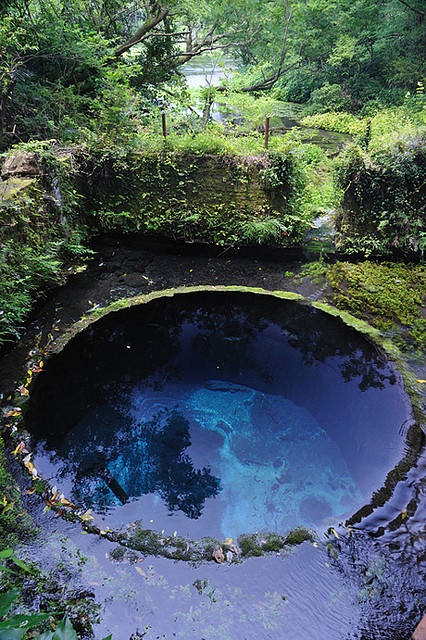Dear Integral Meditators,
When you are feeling bad, its easy to think negative. The article below explains how to use mindfulness to stop difficult feelings becoming negative thoughts in your mind.
In the spirit of the journey,
Toby
 Don’t Let Difficult Feelings Become Negative Thoughts
Don’t Let Difficult Feelings Become Negative Thoughts
At the moment I have jet lag, which means that I wake up feeling groggy and dis-oriented, and when I lie down to sleep I have been spending some hours wide awake. The dis-orientation from the jet lag produces a lot of difficult, turgid, feelings which, if I let them could very quickly start to produce negative thoughts, which in turn would start to generate full blown negative emotions. So, here my basic object of mindfulness is to be attentive to the fact that I am experiencing a lot of difficult feelings in my body due to the jetlag, and simply focus on noting them as feelings, and not letting them escalate into something else. This is the basic practice of not letting difficult feelings become negative emotions.
Similarly, if I am with someone who is irritated or upset, and they start to direct it at me, then I experience a difficult or unpleasant feeling as a result. If I don’t watch out, then I’m going to find my mind creating a lot of negative thinking around that feeling and the other person’s action, so I will suffer more than I need to, and may do something that I regret.
There are many other situations where we may find difficult energy around us:
- On the commute home when there is a lot of ambient irritability in the minds and bodies of the commuters
- When things aren’t going our way at work or in our relationships
- When we are ill or fatigued
- When we are upset or anxious regarding change or uncertainty
- When we feel disapproved of by ourself or others
The list goes on, but the main thing is that if we can catch difficult feelings and energies within us early enough through mindfulness, then we can save ourself a lot of pain by making a conscious choice not to let difficult energies we face trigger negative thinking.
Awareness of feelings and energies
A lot of progress in this art and discipline involves simply greater awareness of the energies and feelings that you are experiencing in the moment. What you are aware of you can start to exert benevolent control over, what you are not aware of can easily mushroom into a cloud of negativity before you really know it. So a really basic mindfulness exercise is simply to ask yourself regularly ‘How am I feeling?’ and use this question to direct your awareness mindfully to what is there in the present moment.
Difficult feelings need only be that, they don’t need to become negative thoughts.
© Toby Ouvry 2014, you are welcome to use or share this article, but please cite Toby as the source and include reference to his website www.tobyouvry.com
Integral Meditation Asia
Online Courses * 1:1 Coaching * Live Workshops * Corporate Mindfulness Training *
Life-Coaching * Meditation Technology









